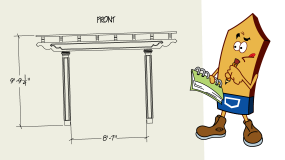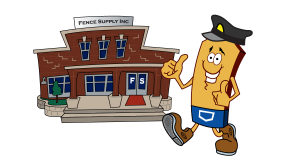The Dallas-Fort Worth Metroplex home for Fence and Outdoor-Living Products, Fence Supply Inc. is just minutes from Downtown Dallas in Sunnyvale, TX.
At Fence Supply we have the supplies and know-how to make your fencing and outdoor-living projects successful. Our one-stop product availability, coupled with our experienced customer service team, is always ready to provide you with ideas, product knowledge, and accurate estimates. Give us a call today at 972-226-0004!


 All this talk of zombies in the media may have caused you to start thinking: “If the zombie apocalypse ever happened for real, would I be one of the survivors, or would I be we wandering around, dead-eyed, hungry for brains?” Well, Fence Supply Inc., your go-to fence company in Dallas, TX, is here to tell you how to zombie-proof your property in Dallas, TX with a chain link fence.
All this talk of zombies in the media may have caused you to start thinking: “If the zombie apocalypse ever happened for real, would I be one of the survivors, or would I be we wandering around, dead-eyed, hungry for brains?” Well, Fence Supply Inc., your go-to fence company in Dallas, TX, is here to tell you how to zombie-proof your property in Dallas, TX with a chain link fence.







